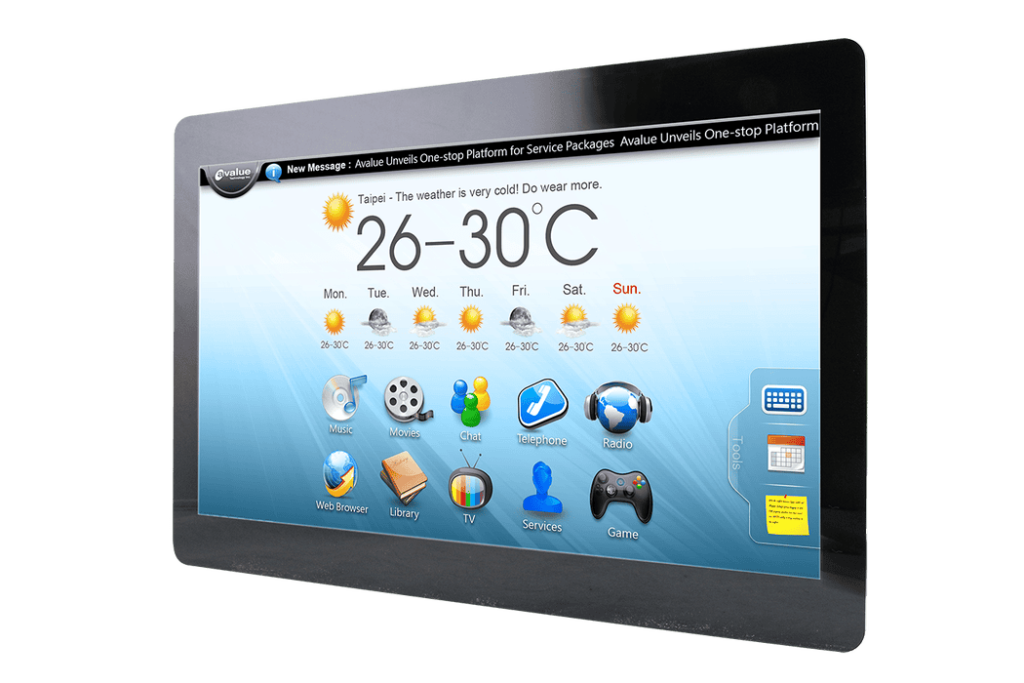+44 (0)1634 791600
info@crystal-display.com
Newsletter Sign Up!
+44 (0)1634 791600
info@crystal-display.com




In the realm of embedded projects, choosing the right display interface is crucial for seamless integration and optimal performance. One such interface that has gained widespread recognition for its versatility and high-quality multimedia capabilities is HDMI, or High-Definition Multimedia Interface. In this blog post, we delve into the advantages of HDMI displays in the context of industrial applications and explore why CDS HDMI panels stand out in the world of embedded projects.
HDMI, an acronym for High-Definition Multimedia Interface, has become the go-to interface for a broad spectrum of audio-visual equipment, ranging from HD television systems to Blu-Ray DVD players and game consoles.
Unlike analog connections, HDMI supports high-quality, uncompressed digital video and audio, eliminating the risk of quality loss. The interface is renowned for its simplicity and efficiency, replacing the need for multiple cables with a single cable for both video and audio transmission.
As technology advances, older format cables, such as VGA, are becoming obsolete, highlighting the need for a reliable and future-proof interface like HDMI.
One of the standout features of HDMI displays is their “plug and play” nature. This characteristic proves invaluable when demonstrating a proof of concept to secure approval from top management. In industrial embedded use cases, such as smart appliances, medical devices, security systems, and more, HDMI displays are available in compact sizes, including 5-inch or 7-inch options.
This plug-and-play simplicity allows for fast project starts, easing the process of making design changes swiftly and efficiently.
CDS HDMI panels offer several advantages for embedded projects, making them a preferred choice in various industrial applications:
While HDMI is a robust interface, other high-performance display interfaces, such as MIPI-DSI, are gaining traction in emerging embedded use cases like automotive applications, AR/VR equipment, and wearable electronics. If your embedded board has a MIPI-DSI output, a conversion to RGB or LVDS may be necessary to connect your chosen display seamlessly.
Benefits of HDMI Interface:
The primary advantage of HDMI lies in its ability to transport a high bandwidth of data, including video, audio, 3D, and Ethernet, using a single cable. This streamlined connectivity simplifies the setup process, making it less daunting for users to connect their devices, whether it’s a TV and DVD player or an embedded industrial project.
As embedded projects continue to evolve, the importance of choosing the right display interface cannot be overstated. HDMI displays, with their plug-and-play simplicity, deep colours, high quality, intelligence, and lack of compression, prove to be a reliable choice for industrial applications. CDS HDMI panels, designed with precision and expertise, offer the perfect solution to enhance the visual experience in your next embedded project.
